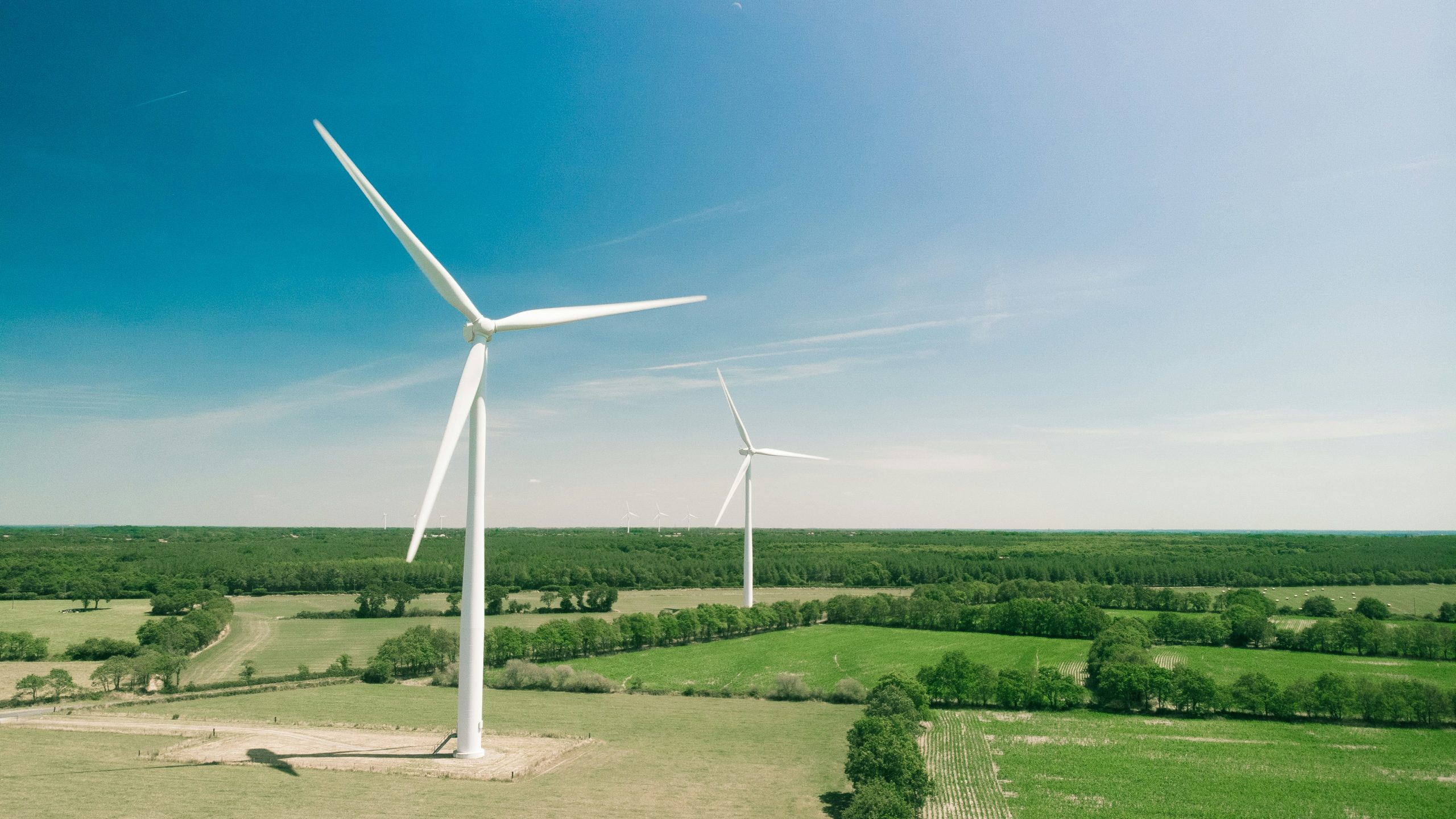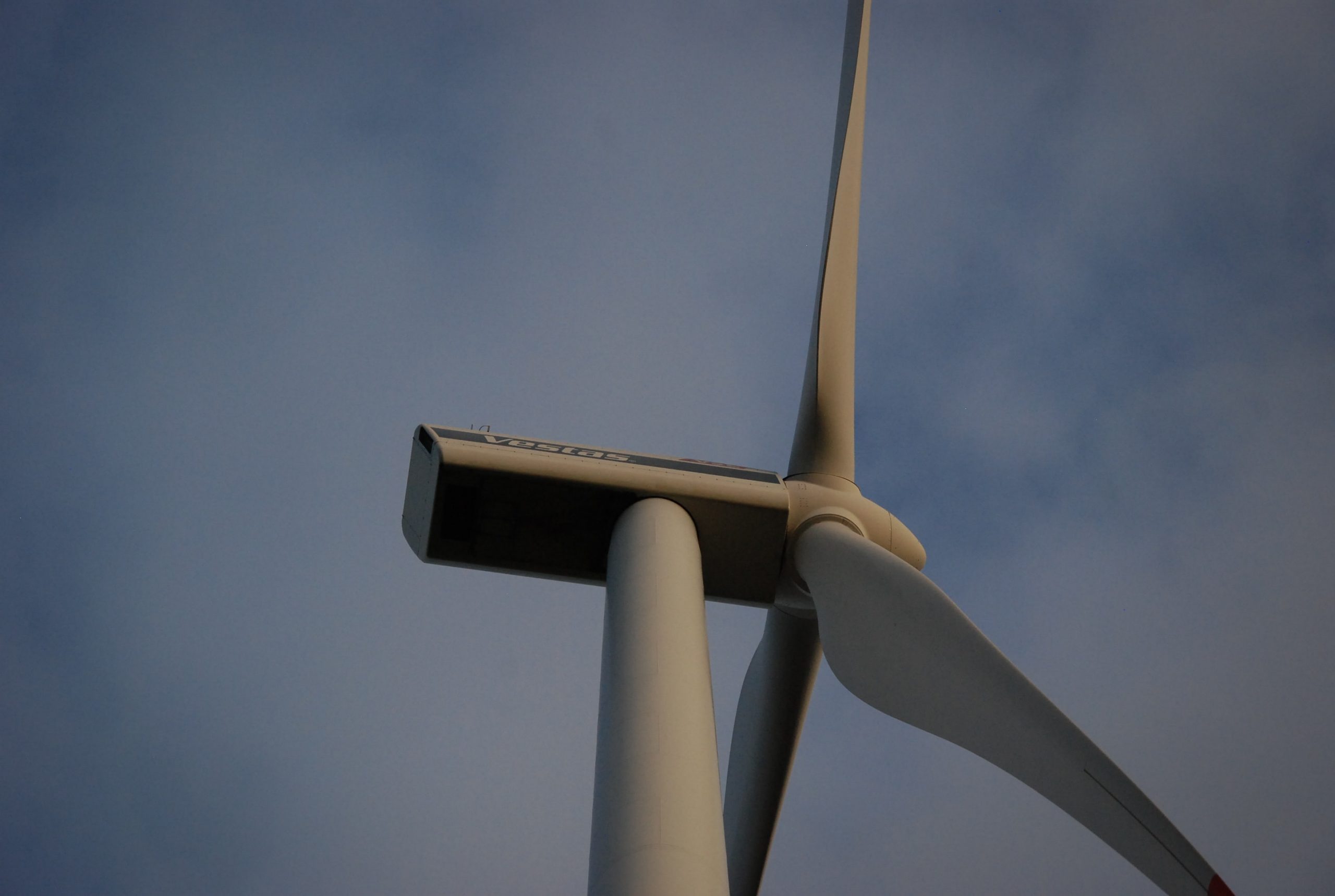According to Eurostat data presented by the European Commission – in 2023, renewable energy was the leading source of electricity in the EU, accounting for 44.7% of all electricity production. Renewables generated 1.21 million Gigawatt-hour (GWh), marking an increase of 12.4% compared with 2022.

Source: European Commission, Eurostat
Conversely, electricity generated from fossil fuels decreased by 19.7% compared with the previous year, contributing 0.88 million GWh, or 32.5% of the total electricity production. Nuclear plants produced 0.62 million GWh or 22.8% the EU energy production, reflecting a 1.2% increase in production in 2023.
In 2023, according to preliminary data, the EU’s natural gas supply decreased to 12.8 million terajoules (TJ), a 7.4% decline compared with 2022, marking the lowest value since 1995. Even sharper decreases were registered for coal: brown coal supply decreased by 24.2% to 222 840 million tonnes, and hard coal supply dropped by 20.4% to 130 437 million tonnes. Both figures are the lowest recorded since the data series began. In terms of oil and petroleum products, the supply totalled 526 862 thousand tonnes, indicating a 1.5% drop compared with 2022. The supply of renewable energies increased by 4.4% compared with 2022, amounting to around 10.9 million TJ in 2023.
This information comes from data on energy published by Eurostat recently. The article presents a handful of findings from the more detailed Statistics Explained article on energy production and imports.
Source: European Commission, Eurostat













